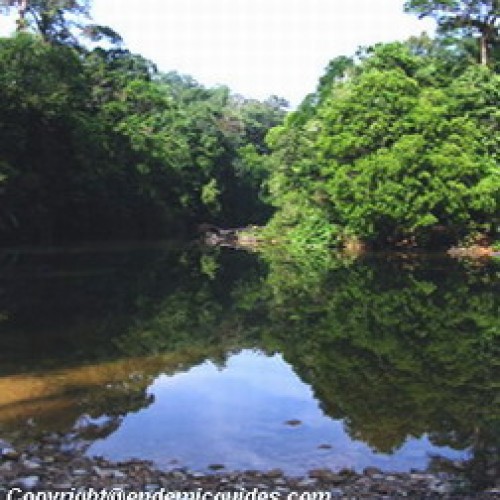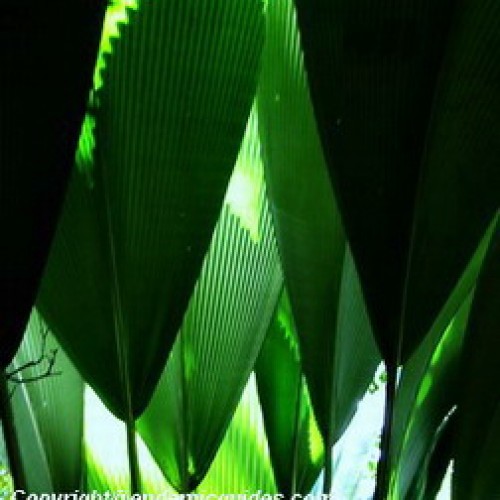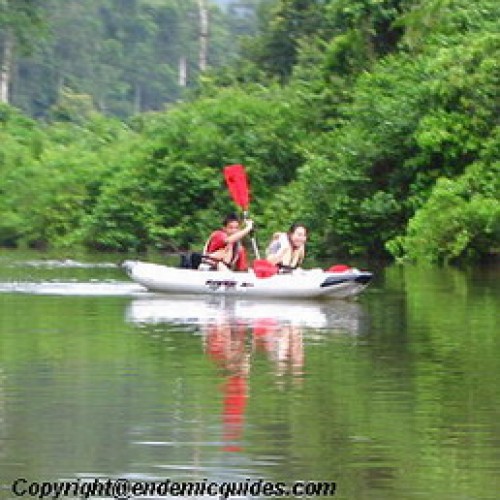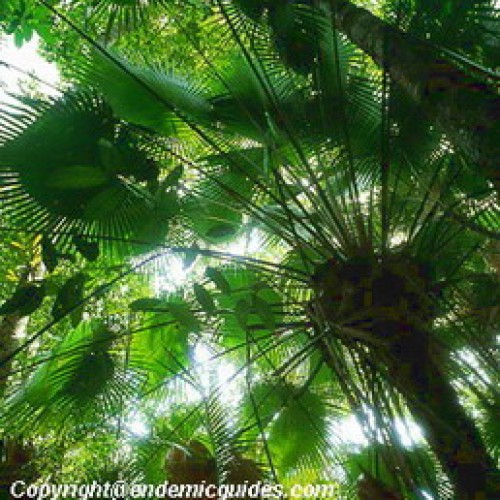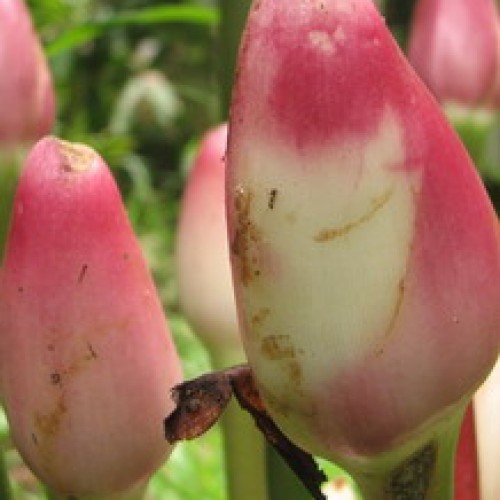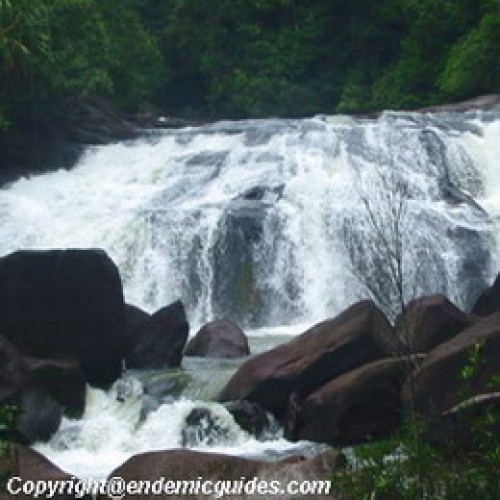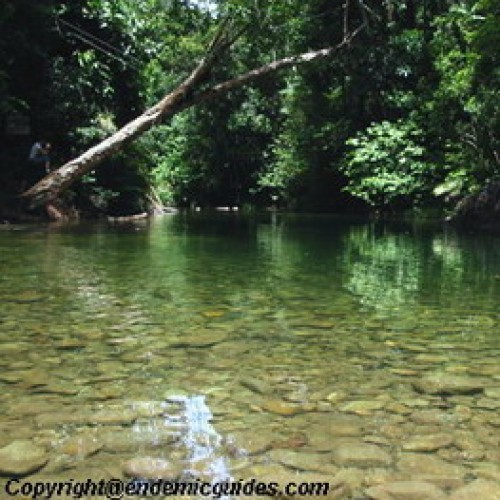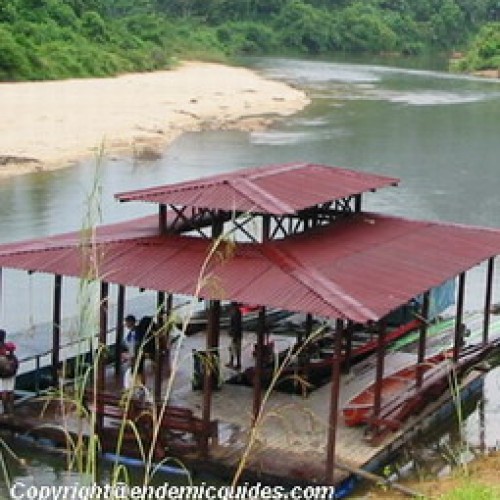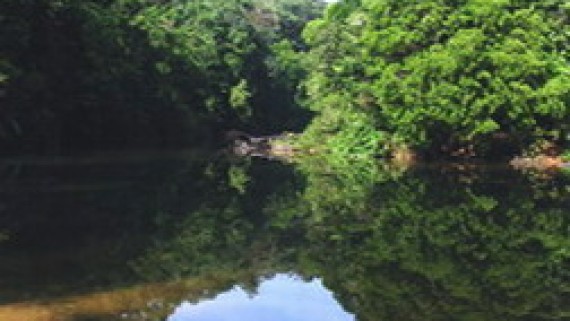Endau Rompin National Park, Johor
Introduction and History
Set on the borders of Pahang and Johor in Southeast Malaysia, Endau-Rompin National Park is made up of a lush, pristine tropical rainforest. Covering an area of 48,905 hectares (800 sq. km), it is the second largest national park in Peninsula Malaysia after Taman Negara and has been upgraded to a national park in 1980s. With rock formations dating back some 248 million years, Endau-Rompin is mostly hilly with some prominent sandstone plateaus. It also happens to be the watershed of several rivers such as Endau River, Selai River and Jasin River.
This two-century old extensive lowland forest is home to several rare and endangered species. In 1985 and 1986, a scientific expedition identified 25 new species of plants within the area. Scientific interest aside, Endau-Rompin National Park is the perfect haven for adventure seekers. Its numerous legends and myths handed down through the years add to its overall appeal.
In 1892, miner and surveyor H.W.Lake and Lieutenant H.J.Kelsall entered the Endau-Rompin area to conduct scientific research and documentation. They recorded and collected inexhaustible specimens from the area and noted a healthy number of large animals such as elephants, the Sumatran rhinoceros and deer traversing the area.
In 1933, with the help of Lake and Kelsall’s documentation of the area and its flora and fauna, Endau-Kluang area was declared a forest reserve. Later in 1972, the reserve was further expanded to include an area within the Lesong Forest Reserve in Pahang. After a number of years of dispute, the Johor government finally created Endau Rompin National Park.
Flora and Fauna
Botanists have found many new species of flora and fauna along the stream and on the nearby hills in Endau-Rompin National Park. The most spectacular of the discoveries was the fan palm species, characteristic of the ridge and hilltop, named the Livistona Endauensis dominating the forest on the plateau of Gunong Janing Barat. Others interesting plants include the ‘Rhopa Coblaste’, more commonly know as the climbing bamboo, and the walking stick palm or ‘Phychorapis Singaporensis’, identified by its slender stems and feather-like leaf fronds, and many varieties of toadstools and orchids.
The Park teems with wildlife – tigers, elephants and wild boar, and the largest surviving population of Sumatran rhinoceros, which is highly protected and endangered. The only ape species of the area, the binturong (Arctictis binturong) and the white-handed gibbon are also found here. Housing the chirping drongos, hornbills and argus pheasant; the forest is also home to butterflies and fruit piercing moths belonging to the ‘othreis’species. Recent research also found of one of the world’s smallest dragonfly named Nannophya Pygmea.
Attraction and Activities
Travelling into the deepest rainforest jungle of South East Asia gives one a wonderful sense of adventure. Trekking through the undergrowth, covered by the canopy of towering trees estimated at 100 years or more, drenched in perspiration, experiencing the little wonders of nature – leeches included; all come in a package when we explore the tropical rainforest. It is also an area full of myths and legends. The Park provides valuable insights into the unique Orang Asli (aboriginal) culture and their fascinating stories about the myths of the jungle.
Upih Guling Falls, which derived its name from an Orang Asli legend, is the best place to go for a swim and underwater fun. The cascades gush and spray downwards but some pools are not very deep or tricky. Several natural “bath tubs” are found surrounding the fall area, formed by tiny pebbles whirled round and round by the force of water over millions of years.
Buaya Sangkut Falls is a five-stepped waterfall which is a six-hour trek from the Visitors Control Centre along Sungai Jasin. The 40-metre-wide fall gushes a million gallons of roaring water a minute from a drop of 120 metres.
Mahkota Waterfalls, which is a cascading 50-metre fall, is the perfect spot for a picnic.
Sungai Kinchin and Sungai Kemapan, some of the best fishing spots in Malaysia, can be found within the Endau-Rompin grounds. The most popular sites are along the lower reaches of Sungai Kinchin and Sungai Kemapan. The best time for fishing is from the months of February to April and from June to August. Fishes caught here are noticeably larger than those caught in rivers elsewhere in Peninsula Malaysia.
Padang Tujuh is the site of vast varieties of bonsai trees, where Kelapa Gading Cave which is 25 metres high, is situated in the midst of a waterfall.
Jungle trekking and Camping
There are some 26 km of jungle trekking trails within the Park, the most well trodden path being the grueling 16 km trail from the base camp at Kuala Jasin to Batu Hampar and Buaya Sangkut, with numerous crossings of fast flowing rivers. There are several campsites which provide access to various easy and difficult treks.
2 hours’ easy trek from Kuala Jasin Base camp. Kuala Marong is the perfect campsite for trekkers who believe in back-to-nature facilities. In the darker, sluggish parts of this private pool, various freshwater fish nurseries can be found. The protected Kelah (Hampala macrolepidota) willingly cleans the scraps off dinner plates left in the shallow waters. ‘Tasik Air Biru’ is located about 50m upriver and is known as the blue lagoon. As the water gushes downriver it is trapped momentarily in this crook of the river creating a perfect deep pool for swimming.
Batu Hampar is the place to rest before making an ascent to the Buaya Sangkut waterfall. About 4 hours’ moderate trek from Kuala Jasin, the trail is mostly flat ground and purely a stopover area with a derelict hut nearby where there is a little shelter from rain. A little along the way from Batu Hampar roars Upeh Guling waterfall. Discover the natural swirl holes nicknamed ‘guling-guling’ carved into the sides of the bank. It is believed that millions of years ago pebbles lodged in crevices of the bank created these holes, some as wide as 2 metres.
The 2.2 km signage at Batu Hampar should not be sniffed at. This is a tough 2½-hours’ trek from Batu Hampar. The journey begins with a ½ hour meander through gentle grounds with large umbrella palms (Johannesteysmannia altifrons) fanning and shading the way. Then we reach the base of Bukit Segongong (765m). The climb has a 60° incline and this is maintained all the way. It can get slippery after a downpour so hang on to the ropes for support. Remember to bring lots of drinking water and some light snack or food for energy.
All the trekking is made worthwhile upon reaching Buaya Sangkut. The fall is situated 300m above sea level on Sungai Jasin and is 40m high, 30m wide with about 80cu metres of water (about 17,000 gallons) pouring down every second. At the top of the fall, where the shallow waters gently caresses flat sheets of rock, can be found transparent tadpoles with a red patch on its head complete with a single golden spot dressing its forehead. Along the river’s edge and in quieter spots, translucent green prawns 2 cm in length dart from under pebbles in search of food.
Orang Asli Village
Endau-Rompin is also home to the Orang Asli of the Jakun tribe. Drop by at Kampung Peta near the park entry point and gain valuable insights into Orang Asli culture. Find out how they survive in the wilderness and protect themselves from danger with their hunting and tracking skills. See their recreational activities and listen to their mesmerizing yarns about the myths of the surrounding jungle.
Nature Study
Given the diverse variety of species and habitats in the area, this can be a very absorbing activity indeed. Inhale the heady perfume of the ‘Mussaendra mutabilis’, a woody climbing plant with fragrant flowers, used in traditional scents for the hair and cloths. Observe how the famous pitcher plant traps the unwary insect within its enticing water-filled sacs. See how millions on ants make their homes in tiny chambers.
Getting there and away
From Kuala Lumpur or Johor Bahru by the North-South Highway, on reaching Kluang, detour to Kahang town. There, a four-wheel drive vehicle will take you on a 56 km jungle track to Kampung Peta, the Visitors’ Centre and the point of entry to the National Park; or 3 hours journey by boat from Felda Nitar II.
There are two entry points to the Park, Kampung Peta and Nitar. The former is located 56km from Pahang Visitors would have to traverse through rubber and oil palm plantations, as well as dense jungle along dirt tracks to the base camp. From Nitar, a Felda Plantation scheme, the Park can be reached after an 8 hour boat ride along the Endau River. Kampung Peta is also the most remote Orang Asli (aboriginal) settlement in Johor.
Contact Endau Rompin National Park
For further information, please write or call:
PERBADANAN TAMAN NEGARA (JOHOR)
JKR 475, Jalan Bukit Timbalan, 80000 Johor Bahru, Johor, Malaysia
Tel : 07-223 7471 Fax : 07-223 7472
Note: The Park remains closed from December to February (depends on the time of the year), during the rainy season.

